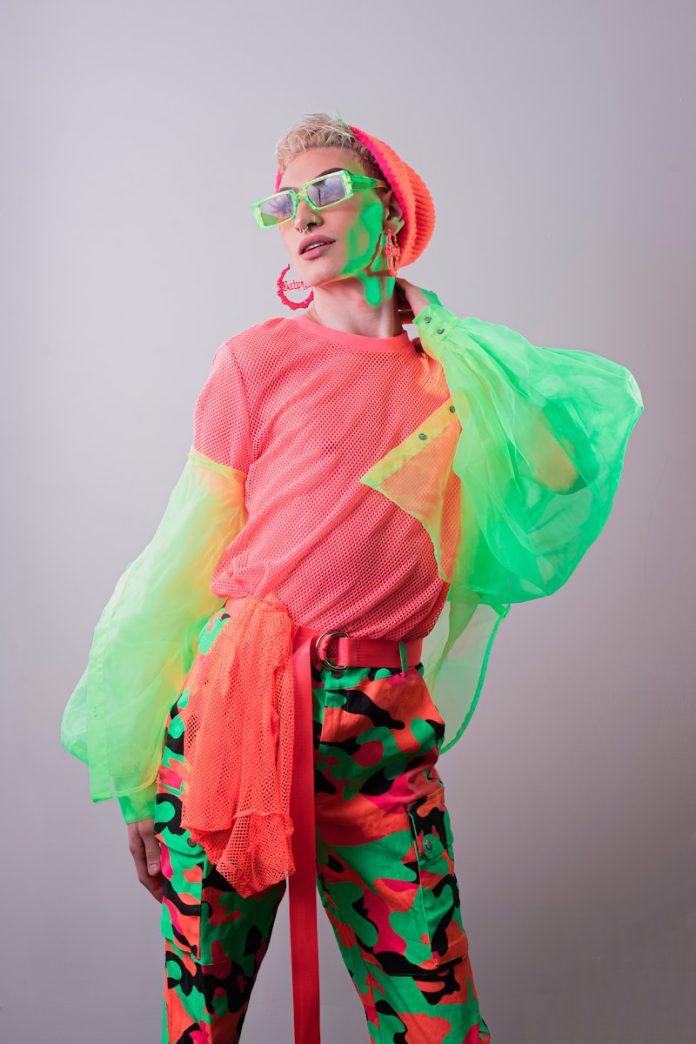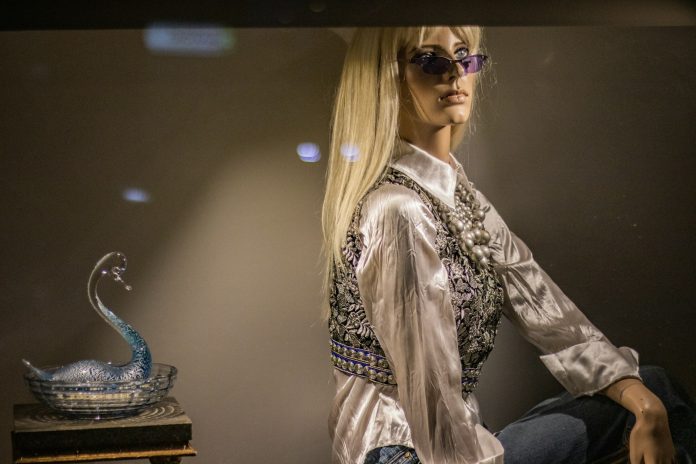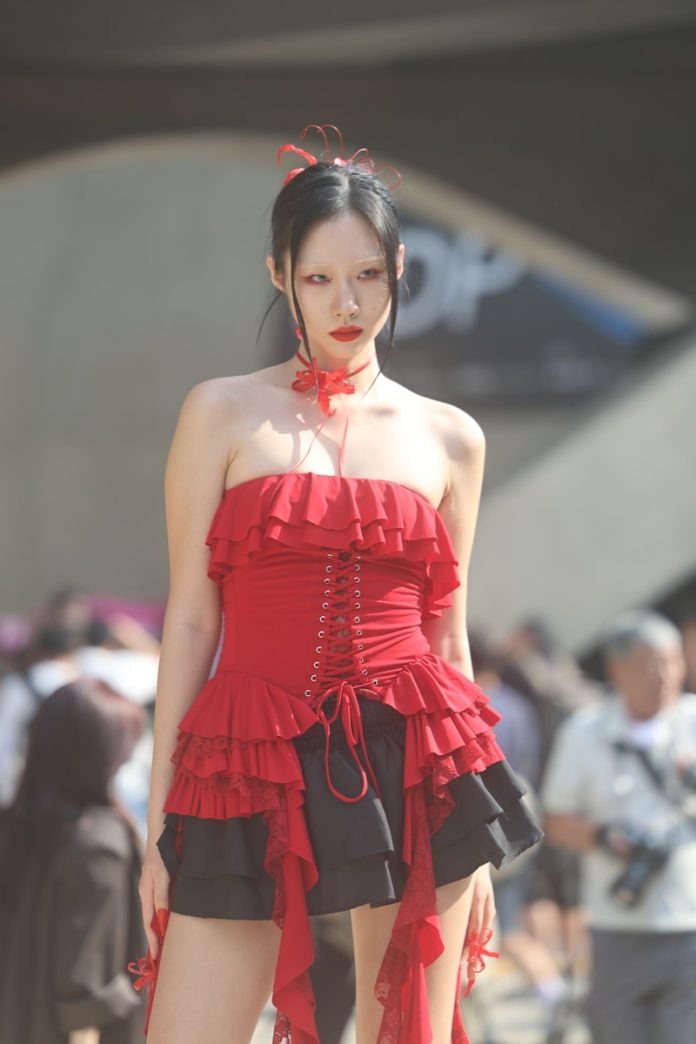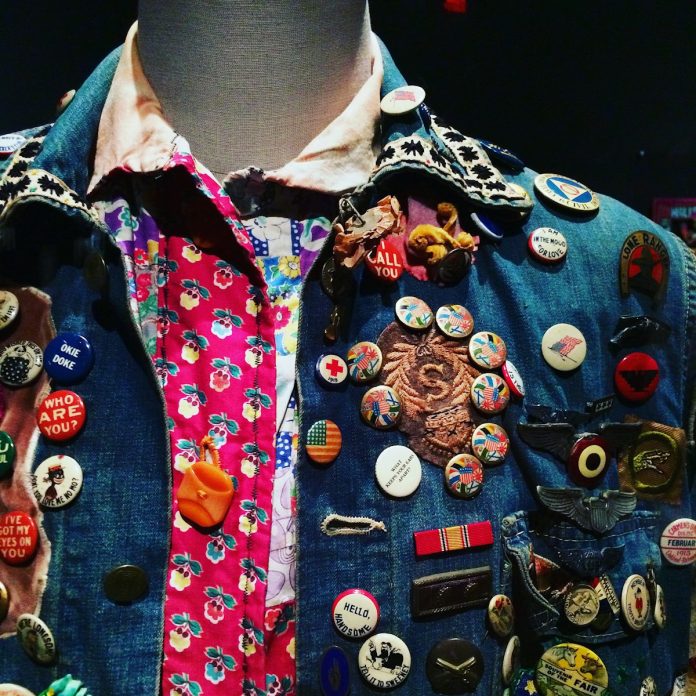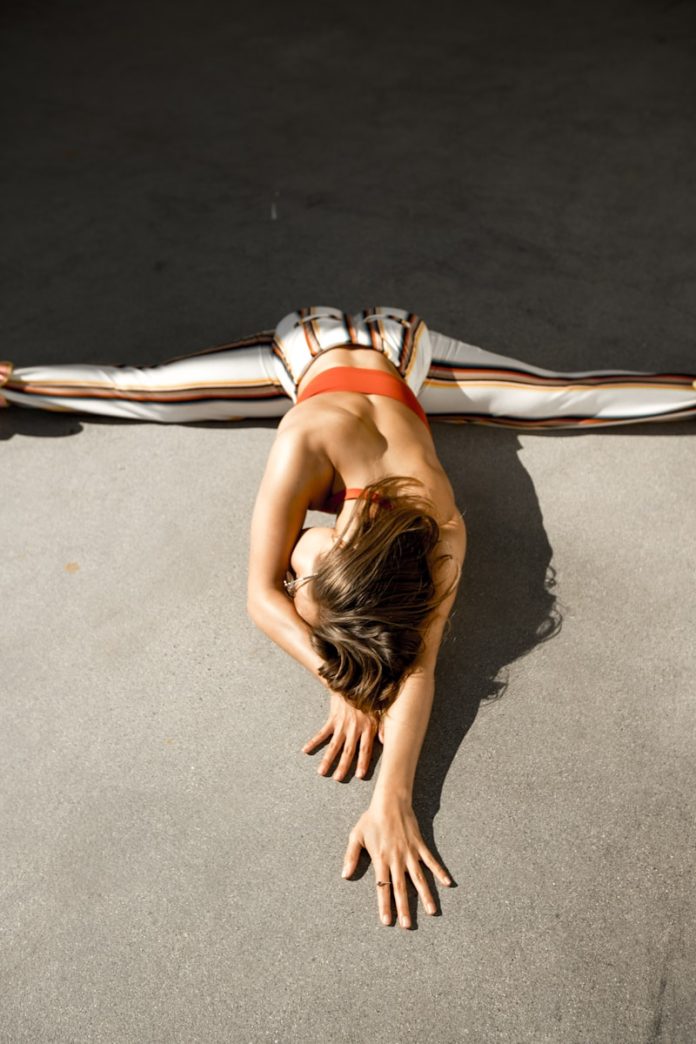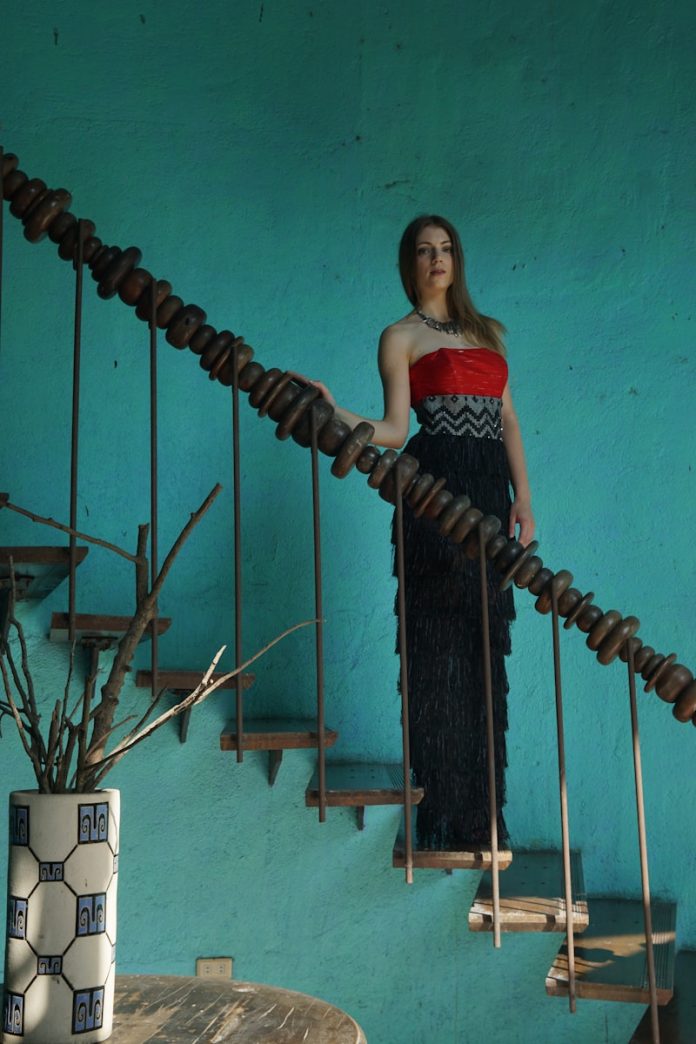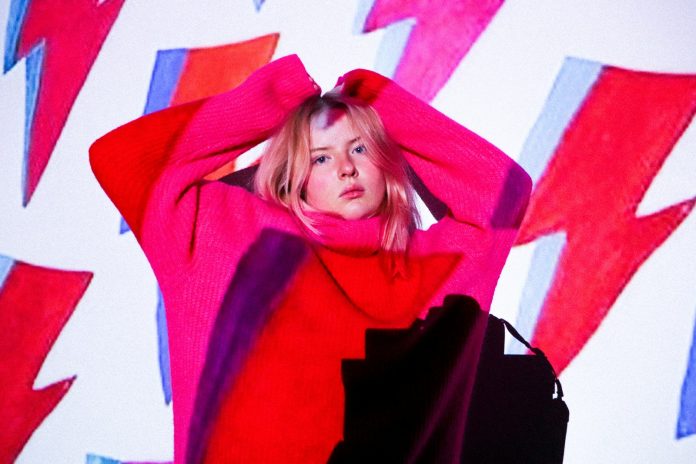In every metropolis, from the gritty alleyways of Brooklyn to the neon-lit crosswalks of Tokyo, fashion pulses with a rhythm uniquely its own. It’s raw. It’s spontaneous. It’s a dialogue between chaos and cool. And no demographic embodies this energy quite like the youth. Fast Lane Fashion—what city kids wear—isn’t just about aesthetics; it’s about pace, survival, individuality, and subculture. It’s a sartorial story written on the sidewalks, subways, and rooftops of the world’s busiest cities.
This essay explores how urban youth express themselves through clothing in high-speed, ever-changing environments. More than just trends, what city kids wear reflects who they are, where they’re from, what they stand for, and how fast their world moves.
City as a Runway: The Urban Environment as Muse
Unlike suburban or rural areas where fashion often aligns with tradition or uniformity, cities demand adaptability. Fast Lane Fashion is shaped by movement—kids walking blocks to school, rushing to part-time jobs, dancing through underground raves, or skating through alleys. Every piece of clothing must function, flex, and flow.
The city isn’t just a backdrop—it’s a stylistic influence. The muted greys of architecture, the flashing billboards, the graffiti-tagged walls—all inspire how kids dress. Fashion becomes a kind of urban camouflage or street poetry: oversized puffers to shield from brutal winters, cargo pants for holding tech and essentials, or fluorescent accents to stand out amidst monochrome crowds.
City kids don’t just follow trends—they remix them. In doing so, they become the trendsetters others look to for cues.
Speed, Cycles, and Style
The city never sleeps—and neither does its fashion. What’s “in” on Monday may be passé by Friday. Social media accelerates this phenomenon: TikTok virality, street-style blogs, and Instagram drops allow styles to go from underground to mainstream in days.
But instead of being swept away by the tide, city youth ride it. The “Fast Lane” doesn’t suggest thoughtlessness—it indicates pace. Urban teens are often fashion-savvy by necessity. With limited space and budgets, many have learned to make do with fewer pieces worn creatively.
They adopt the Mix-and-Match mentality. A thrifted 90s windbreaker over a designer hoodie. Vintage boots with a new-gen crop top. The ability to create a fresh look using recycled, borrowed, or unexpected pieces is a talent sharpened by fast-moving city life.
Fashion is treated like language—constantly evolving, full of slang, with room for code-switching depending on the neighborhood, the scene, or the mood.
Cultural Intersections: Diversity on Display
Perhaps nowhere is fashion more diverse than among urban youth. Cities are melting pots, and Fast Lane Fashion reflects that beautifully. On a single subway car, you might see:
A girl in Harajuku-inspired pastels and layered ruffles.
A skater with vintage Dickies and scuffed Vans.
A Gen Z goth in fishnets and platform boots.
A first-generation immigrant boy blending traditional patterns with Western cuts.
This collision of culture fosters innovation. A Korean bomber jacket with Afro-futurist jewelry. A punk plaid skirt with a dashiki top. In the city, fashion becomes a kind of celebration—a visual anthem of roots, identities, and cross-cultural fluency.
For many youth, this mix isn’t about performance—it’s their lived reality. They’re navigating multiple worlds every day, and their wardrobes reflect that complex navigation.
Streetwear: The Language of Rebellion and Belonging
City fashion wouldn’t be complete without mentioning streetwear—a style that began in the margins and now influences global fashion houses. Born from skate, hip-hop, and punk scenes, streetwear is the ultimate expression of urban youth culture.
Brand loyalty plays a unique role here. Supreme, Palace, Stüssy, A Bathing Ape, and newer labels like Corteiz or PLEASURES aren’t just names—they’re affiliations. A kid wearing a certain drop signals their tribe. But exclusivity isn’t just about cost—it’s about access, authenticity, and timing.
Streetwear is also the uniform of defiance. Oversized hoodies, face-obscuring caps, baggy jeans—all nod to anti-authority roots. Yet the irony is clear: what began as rebellion is now mainstream. But city kids always stay ahead, evolving the style just as it gets co-opted. They shift to lesser-known brands, DIY customization, or vintage counter-statements, keeping their looks unpredictable.
Fashion on a Budget: Thrift, Flip, and Innovate
Contrary to the misconception that urban youth are brand-obsessed, many are masters of fashion economics. City life is expensive, and not every kid has the means to buy designer labels. But that doesn’t stop them from dressing well.
Thrifting is not just practical—it’s a subculture. Flea markets, second-hand shops, and even curated thrift pop-ups are the hunting grounds for unique finds. Vintage tees, worn-in leather jackets, or a random college sweatshirt from the 80s—these are prized pieces, rich in character.
Some flip thrift finds into side hustles, reworking old jeans into one-of-a-kind designs or curating collections on Depop or Grailed. Others personalize their looks with patches, bleach stains, marker art, or unconventional silhouettes. In doing so, they make fashion deeply personal, proving that style doesn’t require money—only vision.
The Digital Layer: Online Style, Offline Expression
City kids live in both the physical and digital world, and their fashion bridges these realms. They dress not just for the streets, but for the feed. Social media is an extension of their persona, and what they wear becomes part of their digital narrative.
However, the relationship isn’t superficial. Platforms like Pinterest, TikTok, and Instagram provide inspiration and community. They help kids in one part of the city connect with others across the globe who share similar fashion tastes. Online thrift hauls, DIY tutorials, and “fit check” videos are a modern form of peer mentorship.
But digital presence doesn’t mean fake personas. City youth are increasingly focused on authenticity. They understand that clout fades, but individuality lasts. Their looks are curated not for approval, but for expression—and that mindset sets the tone for fashion-forward authenticity.
Gender-Fluid Style and Identity Play
Urban youth are pushing fashion beyond binaries. Traditional gender roles are increasingly blurred, and Fast Lane Fashion reflects this freedom. Boys wear skirts, girls wear boxy silhouettes, and many identify with no gender at all.
Clothing becomes a tool for identity experimentation. One day soft, pastel-coded and delicate. The next, sharp lines and aggressive sneakers. In cities where you can be anonymous in a crowd, style becomes a safe space for self-discovery.
This fluidity reflects broader generational values—openness, rebellion against labels, and an embrace of nuance. Fashion isn’t just about looking good—it’s about feeling seen.
Safety, Survival, and Symbolism
City kids also use fashion for protection—not just from weather, but from societal gaze. Hoodies and baggy clothes can offer anonymity. Bright colors might act as urban armor. A certain look can help navigate social dynamics—knowing when to blend in or stand out, when to look soft, or when to look unapproachable.
In some cities, fashion choices carry consequences. The wrong brand in the wrong neighborhood can signal the wrong affiliation. Style, in this sense, is strategic. It’s not just expression—it’s navigation.
But even within these constraints, youth find ways to rebel, reimagine, and reclaim.

